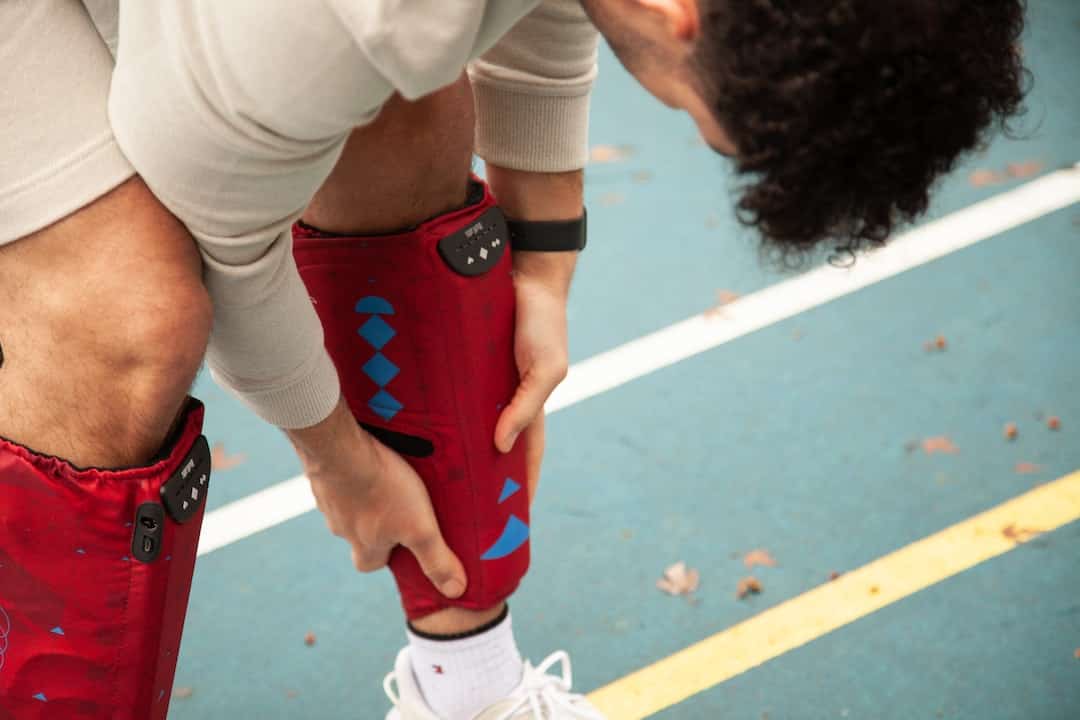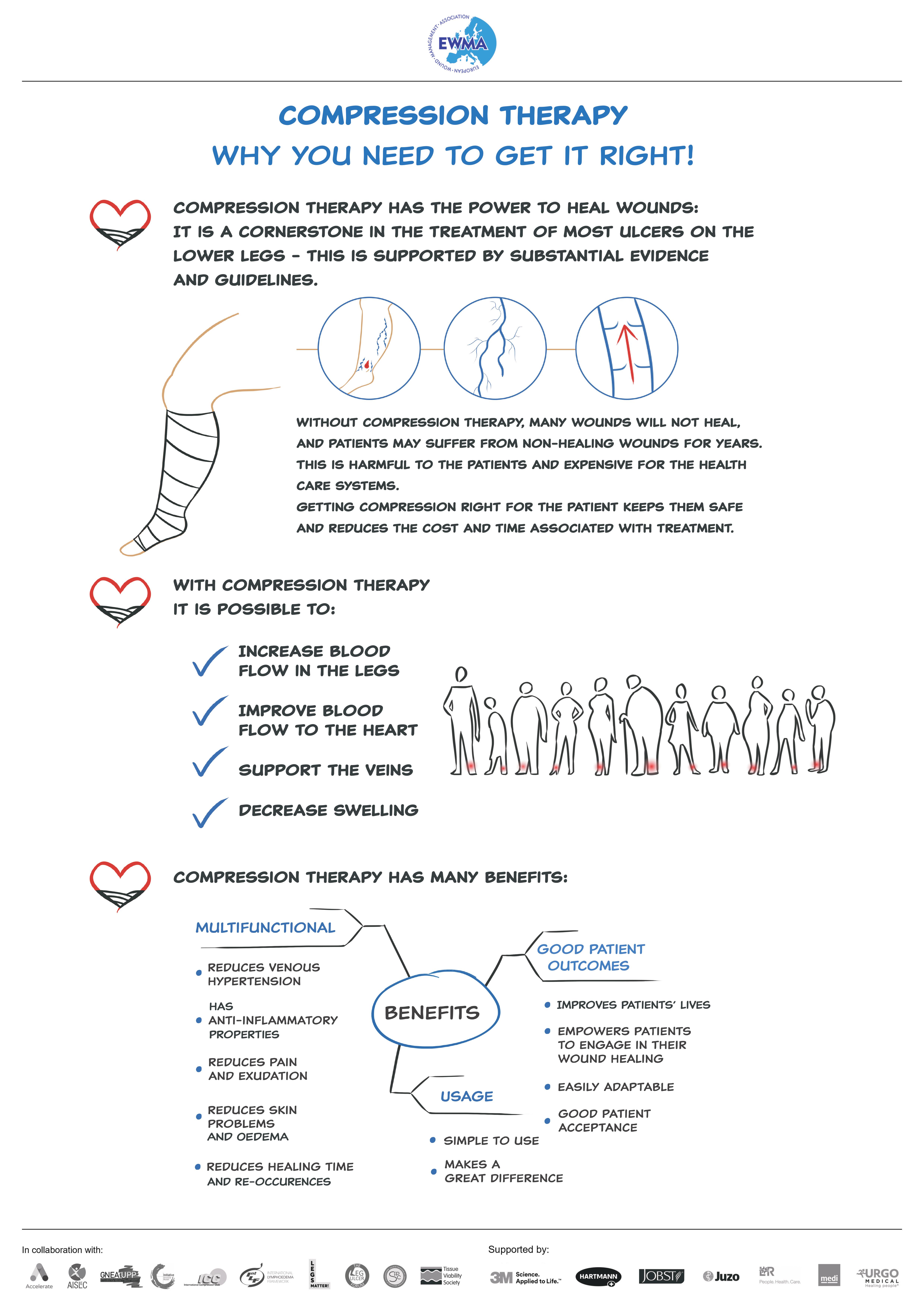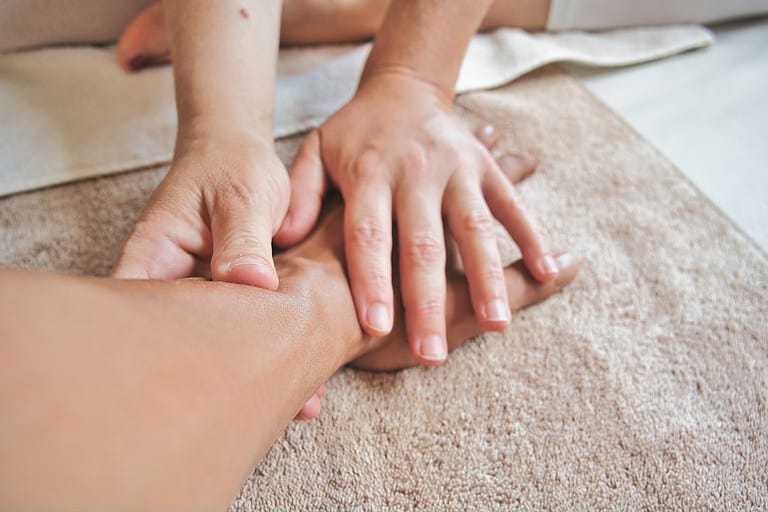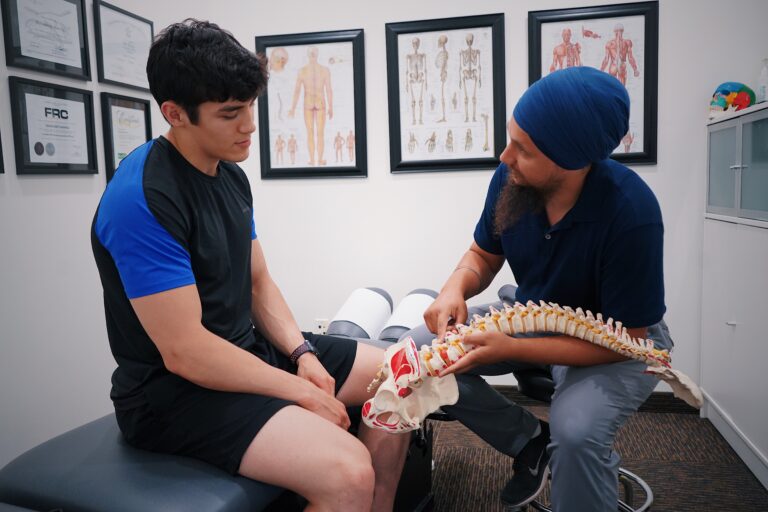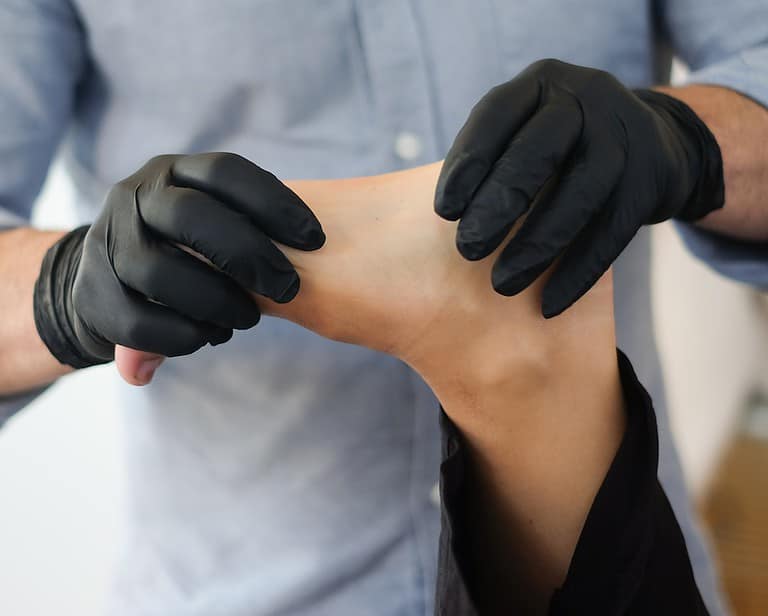What Is Wound Compression Therapy: A Comprehensive Guide
What is wound compression therapy? Wound compression therapy serves as a powerful medical technique that can help to promote healing and reduce the risk of infection in open wounds. This type of treatment has been used for centuries, but modern techniques make it easier than ever before to administer this form of care at home or on the go.
In this blog post, we’ll find out what is wound compression therapy – from how to prepare for it through how to properly apply the compression bandages as well as post-treatment care tips – so you can be sure your family is receiving optimal results with every application. With these simple steps, you’ll have all the information necessary for proper wound compression therapy management!
Table of Contents
What is Wound Compression Therapy?
Wound compression therapy is a form of medical treatment that uses pressure on an injured or damaged area to promote wound healing and reduce inflammation. This type of therapy can be used for both acute and chronic wounds, such as venous ulcers, burns, lacerations, abrasions, and more. Pressure is applied using bandages or wraps made from materials like foam padding or elastic fabric that are secured with tape or other fasteners.
Benefits of Wound Compression Therapy
Wound care compression therapy helps improve the healing process for injuries due to its ability to keep the wound closed and reduce swelling around it. Additionally, this type of therapy can help prevent infection by keeping bacteria out and improve blood flow circulation around the injury site so that oxygen-rich blood can reach it more easily. Finally, it may also help relieve pain associated with some types of wounds by providing support during movement activities like walking or exercising.
How to Prepare for Wound Compression Therapy
Pre-Treatment Instructions
Before beginning wound compression therapy, it is important to consult with a healthcare professional and receive instructions on how to properly administer the treatment. This includes understanding any potential risks or side effects associated with the treatment. It is also important to make sure that all supplies needed for the treatment are available and in good condition before starting.
Supplies Needed for Treatment
The supplies needed for wound compression therapy include bandages or wraps, tape, scissors, gauze pads, and an antiseptic solution. Bandages or wraps should be selected based on the size and type of wound being treated as well as the patient’s individual needs. The tape should be strong enough to hold the bandage securely in place but not too tight so as to cause discomfort or restrict circulation.
Scissors should be sharp enough to cut through bandages without causing damage while still providing a clean edge when cutting off excess material from the wrap/bandage. Gauze pads can help absorb drainage from wounds during treatment while an antiseptic solution helps reduce the risk of infection by killing bacteria on the skin surface prior to the application of bandage/wrap.
(Source)
How to Administer Wound Compression Therapy
Step-by-Step Guide to Applying the Bandage or Wrap
The first step in administering wound compression therapy is selecting the right bandage or wrap for your injury. Depending on the size and location of your wound, you may need different types of materials such as gauze pads, adhesive tape, elastic wraps, foam padding, etc. Once you have selected the appropriate material for your needs make sure that it fits properly over the affected area before securing it in place with tape or other fasteners.
Tips for Properly Securing the Bandage or Wrap
After placing the bandage over your wound make sure that it is securely attached so that there are no gaps between where it touches skin and clothing. If necessary use additional layers of padding underneath to ensure a snug fit around all sides of your injury site. Additionally, make sure not to pull too tightly when wrapping because this could cause further discomfort or damage to surrounding tissue areas.
In some cases, you may experience difficulty when trying to apply a bandage due to its shape not fitting properly around certain body parts like fingers and toes, which can lead to slipping off during movement if not secured correctly. To avoid this problem, try using smaller pieces of material instead, which will allow for better coverage without compromising comfort levels. Additionally, consider using medical-grade adhesives such as liquid glue which provide extra hold while still allowing flexibility during movement.
Post Treatment Care and Maintenance for Wound Compression Therapy
After the wound compression therapy has been applied, it is important to properly care for and maintain the bandage or wrap. This will help ensure that the treatment is effective and reduce any potential risks of infection.
Cleaning and Disinfecting the Bandage or Wrap
It is essential to keep the bandage or wrap clean in order to prevent any bacteria from entering an open wound. To do this, gently wash with warm water and mild soap. Be sure not to scrub too hard as this can cause irritation.
After washing, rinse off all soap residue before drying completely with a clean towel. Once dry, use an antiseptic solution such as hydrogen peroxide or rubbing alcohol on a cotton swab to disinfect both sides of the bandage or wrap. Allow it to air dry before reapplying back onto the skin if necessary.
Depending on the type of dressing used during treatment, most dressings should be changed at least once every two days. This allows new skin cells underneath time enough to heal without being disturbed by frequent changing of dressings which can lead to further irritation and pain when done too frequently. If there are signs of infection present then it is best practice to change more regularly than twice daily until symptoms have subsided completely.
When caring for wounds after compression therapy, it is important to watch out for any signs of infection such as redness around the area, swelling, pus drainage, a warm sensation near the area, or a foul odor coming from the wound site. If these symptoms appear then contact a medical professional immediately so they can provide an appropriate diagnosis and treatment plan moving forward.
FAQs on What is Wound Compression Therapy
Are There Any Risks Associated With Using Wound Compression Therapy?
Although generally safe when done correctly under supervision from your healthcare provider(s), improper use or incorrect application technique could lead to skin irritation and damage due to excessive pressure being applied on certain areas of sensitive tissue surrounding an open wound site. This potentially delays the healing process even further instead of helping improve it like the intended purpose.
Does Wound Compression Therapy Reduce Chronic Venous Insufficiency?
Yes, wound compression therapy helps reduce chronic venous insufficiency. Chronic venous insufficiency (CVI) is a condition in which the veins are unable to adequately return blood from the legs back to the heart. This can cause swelling, pain, and discoloration of the skin.
Wound compression therapy uses bandages or wraps applied directly to the affected area to help reduce swelling and improve circulation in people with CVI. The bandages apply gentle pressure around the affected area which helps push fluid away from it and towards larger vessels where it can then be returned back up toward your heart more easily. This reduces swelling and discomfort associated with CVI while also improving overall circulation in your legs.
Conclusion
Learning what is wound compression therapy can be an invaluable tool in the modern family’s arsenal to help them become healthier and more independent. Remember that wound compression therapy should always be administered by a trained professional or under their supervision to ensure safety and optimal results.
Are you looking for ways to improve your family’s health and independence? Wound compression therapy is a simple, effective way to do just that. It helps reduce swelling, promote the healing of wounds, and provide pain relief – all without the need for invasive procedures or medications.
With smart living now resources at your fingertips, take control of your family’s wellness today!

